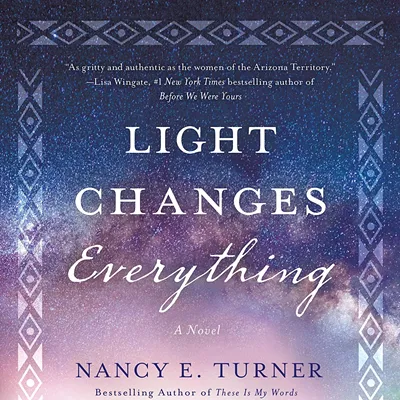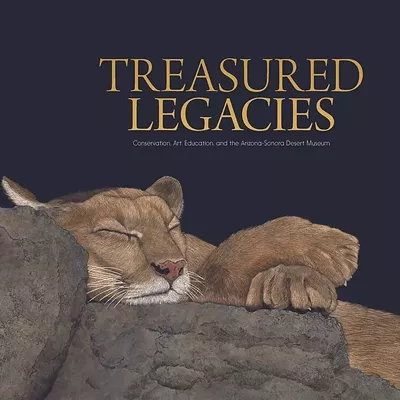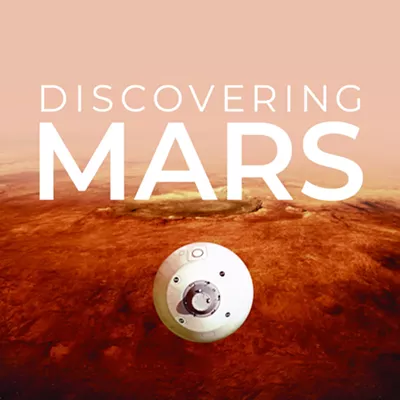Coolhunter is the profession of Cayce Pollard, the protagonist of William Gibson's new novel Pattern Recognition, but it is also a term that could be applied to Gibson himself. In 1984, he re-defined science fiction with his novel Neuromancer, an astonishing work that brought the nascent cyberpunk genre to the forefront. Gibson is not just responsible for creating the terms cyberspace and the Matrix; he is responsible for envisioning the ideas about mediated reality that they represent. He's also one of the few science-fiction writers who is taken seriously by the literary mainstream. And to a whole generation of hackers and technological counterculturists, he is the Jack Kerouac of the bleeding edge.
So it's no wonder that Gibson manages to again take a crystal-clear snapshot of the zeitgeist in Pattern Recognition, his first novel to be set in the present day.
Cayce Pollard is a coolhunter, but she also has a near-paranormal sensitivity to branding. Faced with the soullessness of Tommy Hilfiger or the creepy banality of the Michelin Man, Cayce goes into screaming panic fits. Conversely, when a logo or brand is perfect, she just knows--and she is always right, a certainty that she is paid handsomely for by PR firms and big corporations.
She is also a "footagehead," obsessively studying a series of surreal and beautiful video clips that have been found on the Internet and debating their meaning with fellow footageheads on a Web forum set up expressly for the purpose. One of Cayce's employers--a New Economy globetrotter named Hubertus Bigend--hires her to track down the creator of the footage, a journey that will take her around the globe and into the heart of our culture's obsession with media--as well as providing clues about the whereabouts of her father, a former security operative who was last seen heading into downtown Manhattan on Sept. 11, 2001.
Gibson has never been as interested in technology as its effects on people--he was once quoted as saying that his goal with Neuromancer was to create a language of desire for computers the way Bruce Springsteen did for cars. In Pattern Recognition, he explores the fetishes of post-industrial society--from Cayce's instinctive understanding of brands to the nude robot fem-doll music video props of her friend Damien (an obvious fictionalization of director Chris Cunningham) to the "garage Kubrick" envisioned by the footageheads.
He does so through prose that is at once tough and elegant, somewhere between Dashiell Hammett and T.S. Eliot. He is fond of dropped pronouns and sentence fragments--a literary tic that creates a certain jerky, fast-paced cadence.
Gibson is one of the only sci-fi writers--along with Neal Stephenson, Harlan Ellison and Samuel Delany--whose work can be read for its style alone. This has led some critics to dismiss Gibson as all flash and no substance.
He has described his work as being "one molecule thick," and in earlier books--particularly Virtual Light--he seemed to be venturing into self-parody. But Pattern Recognition displays an older, wiser writer, with more self-confidence in his own abilities.
Even at his worst, Gibson has always remained one of the most interesting authors working in that strange no-man's land between genre and literary fiction. Pattern Recognition is easily his best work since Neuromancer; it holds a hilarious and scathing mirror up to Western society at the beginning of the 21st century.








